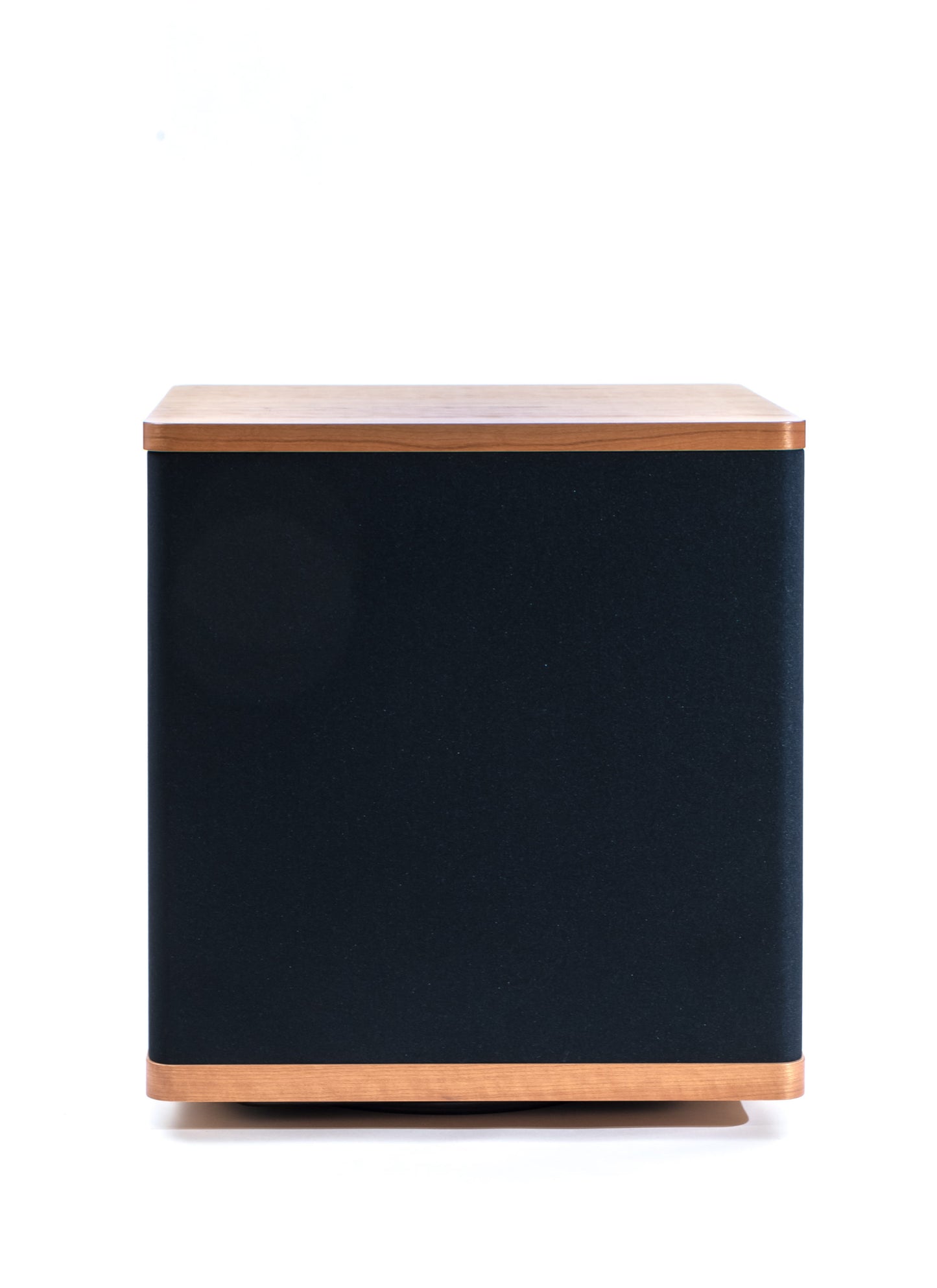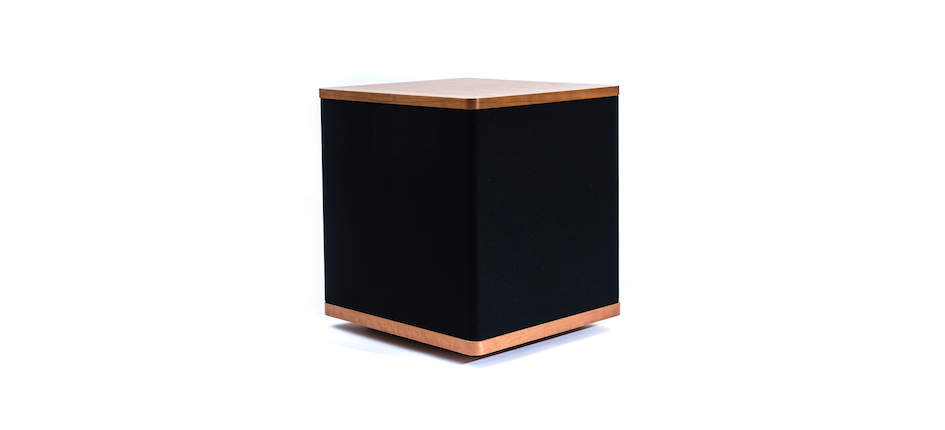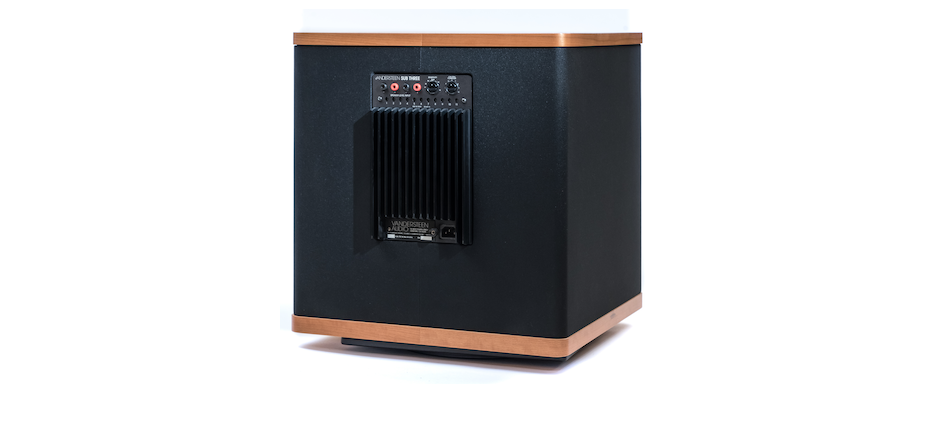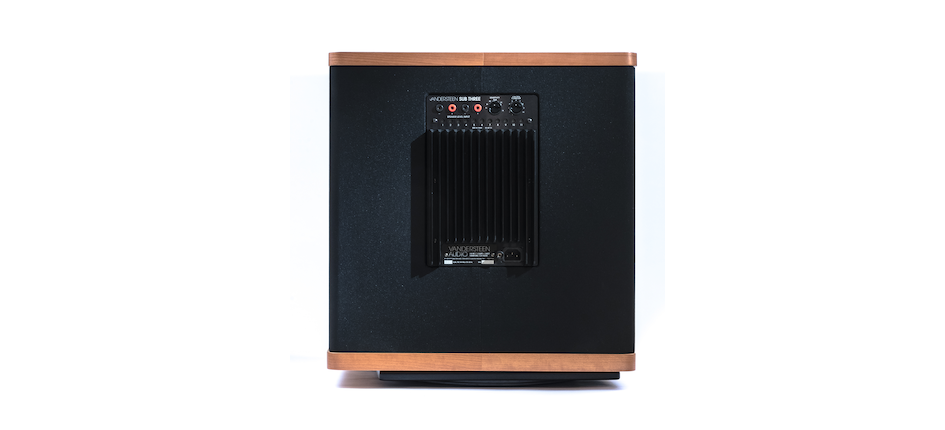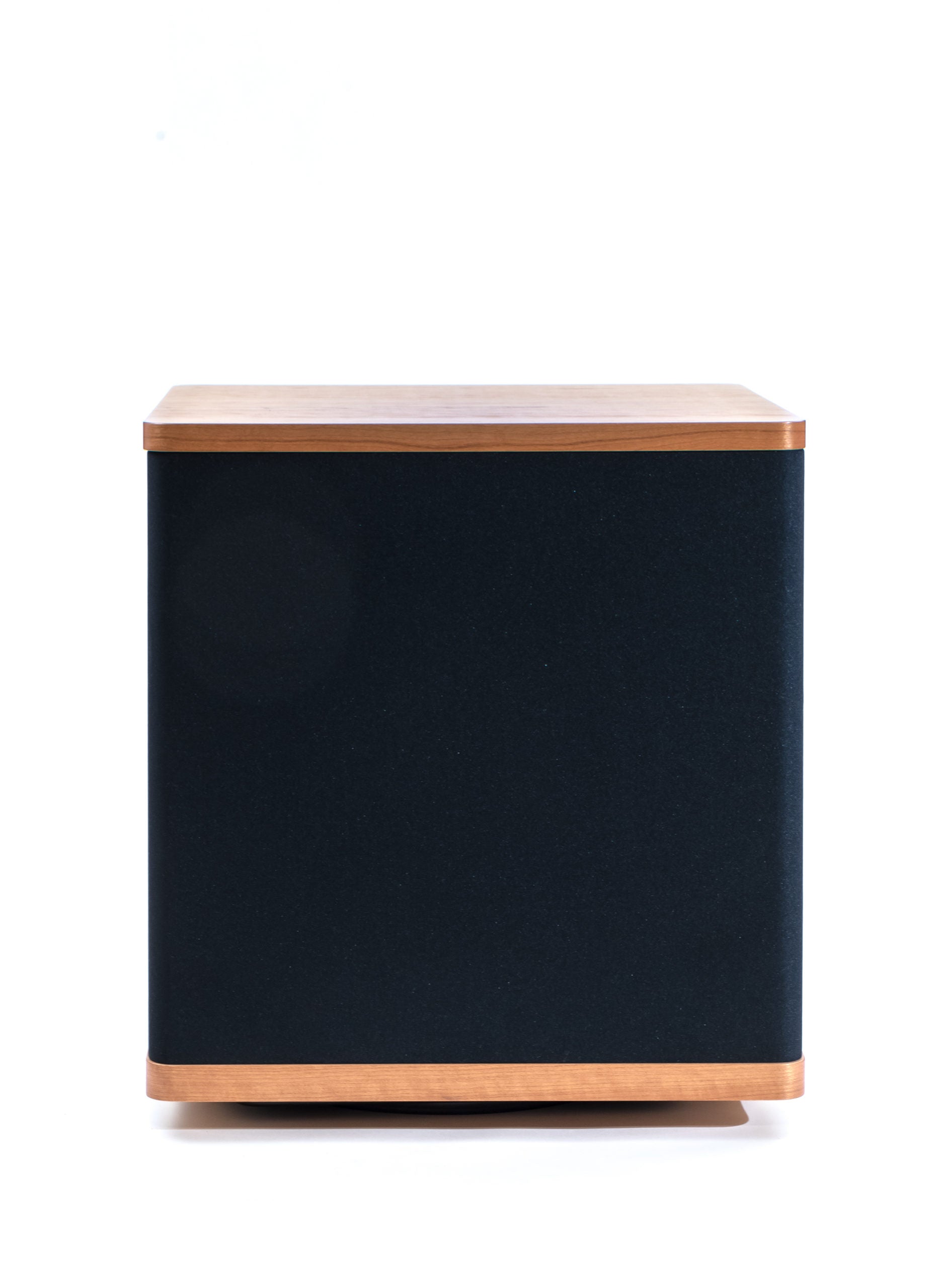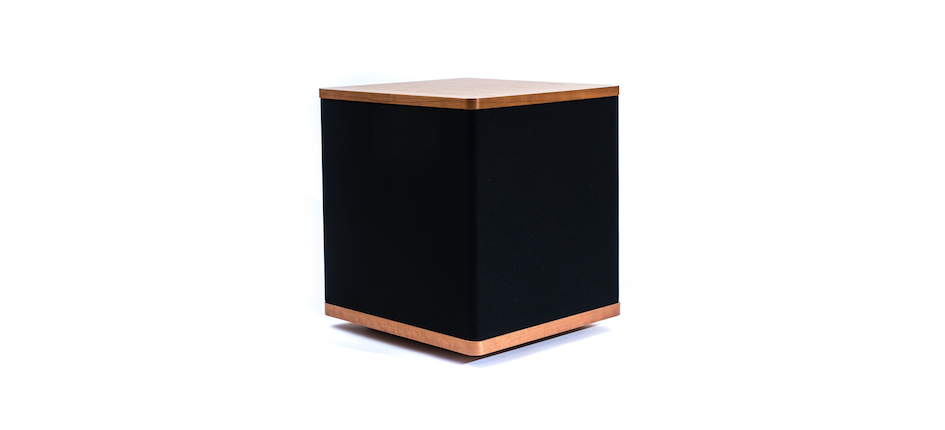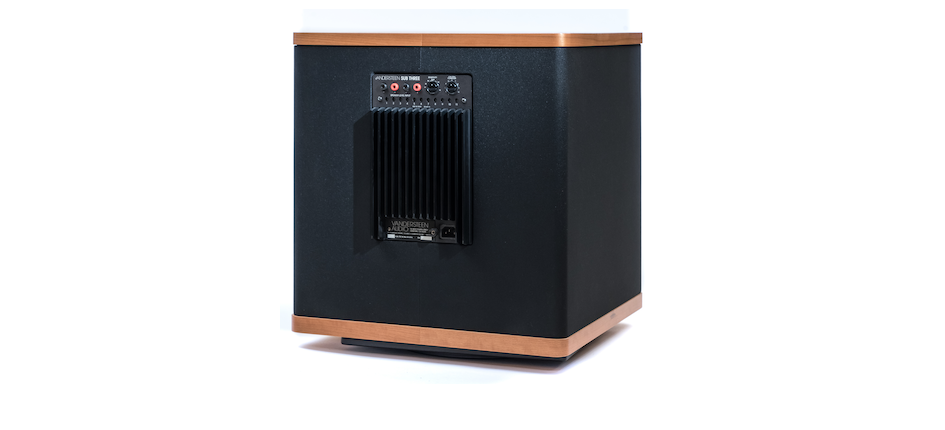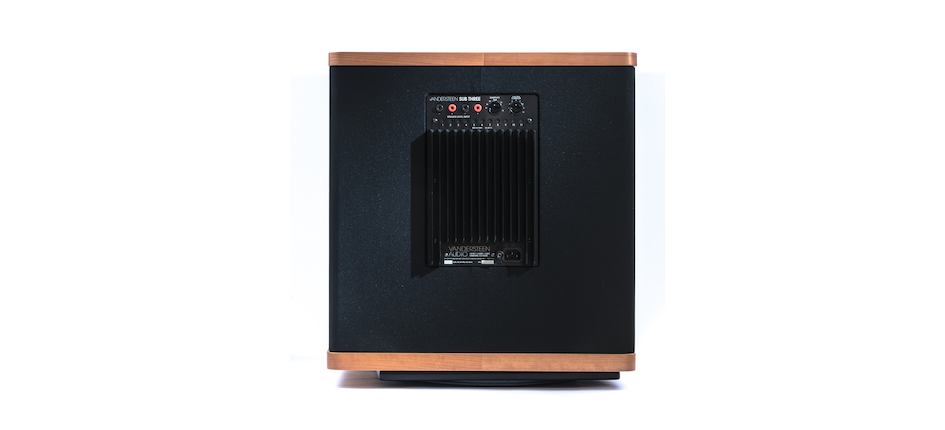Vandersteen
Vandersteen Sub Three
Vandersteen Sub Three
Couldn't load pickup availability
Vandersteen Sub Three
The SUB THREE subwoofer receives its input from the power amplifier and is designed to maintain maximum sonic continuity between the subwoofers and main speakers adapting to the sonic characteristic of the main left and right amplifiers and is useful in all music and home theater systems where a crossover can be inserted between the preamplifier/processor and the main power amplifier. The SUB THREE subwoofer is compatible with a wide range of main speakers from Vandersteen as well as other manufactures. Large main speakers with accurate frequency and phase response extending at least an octave below the crossover point will provide optimum blending and linearity through the crossover region.
Smaller, limited-range main speakers will benefit from the SUB THREE’s superior pitch definition and lack of midrange interference providing better integration and system coherence than is possible with a conventional subwoofer.
The subtlety of a plucked bass, the complex harmonics of an organ and the incredible power of modern movie sound effects are all beyond the reach of many speaker systems. Subwoofers rarely excel at all three - their designers choosing to compromise one in exchange for proficiency at another. Vandersteen Audio refused to compromise. The original Model 2W spent five years in the prototype stage being tested, evaluated, measured and revised before its introduction in 1984. Equal exhaustive attention was paid to the technology of the 2Wq and now the SUB THREE.
Vandersteen SUB THREE subwoofer uses three active eight-inch cast aluminum basket drivers rather than a single large woofer. The three eight-inch drivers equal the cone area of a fourteen-inch woofer, but with much higher motor-to-cone-area ratio. The high ratio improves pitch definition and insures stable frequency and phase responses throughout and beyond the drivers ’ operating range. This allows more crossover design flexibility since a steep-slope, high-order crossover is not necessary when the drivers perform well several octaves past the crossover frequency.
Share
